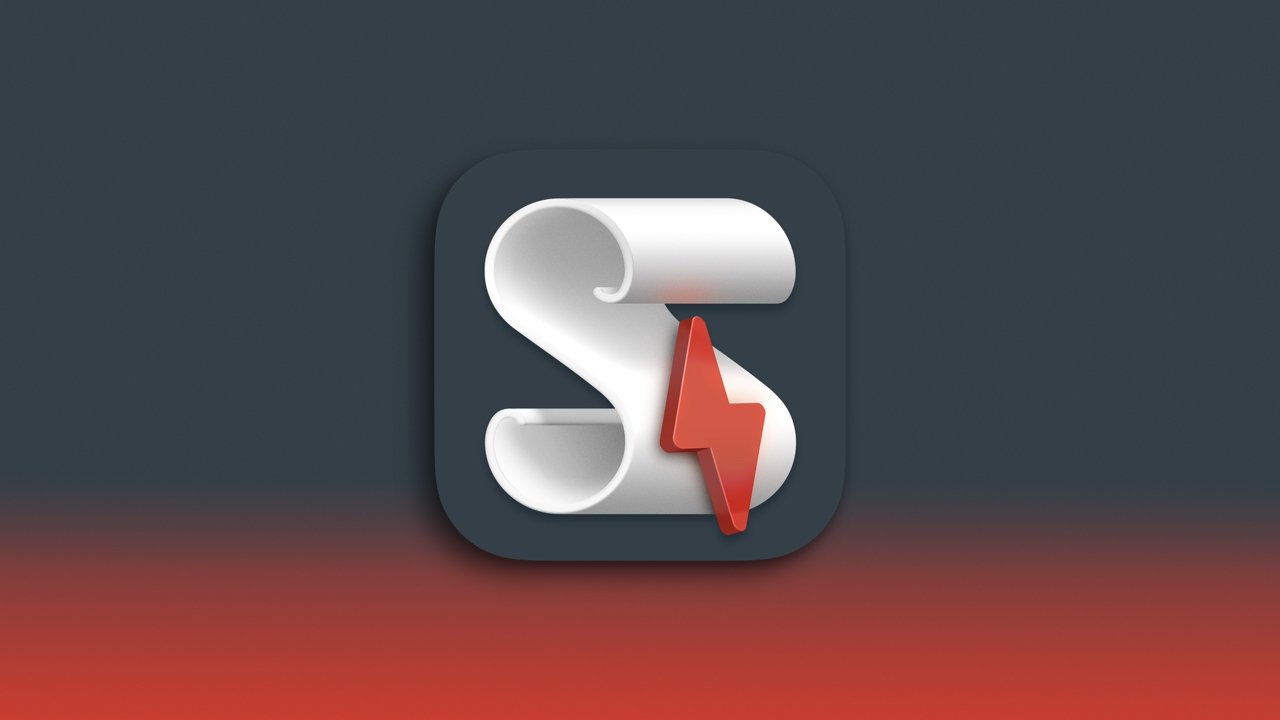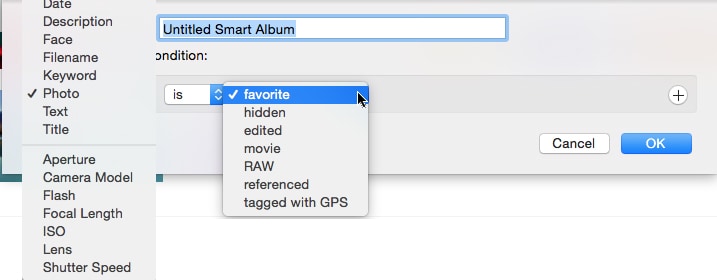

Using terms from application "OmniOutliner" For example, if you’ve got an Automator workflow for processing and exporting images in Photoshop, a similar workflow for exporting images from Acorn, and another workflow for exporting video from within Final Cut Express, you can assign Control+Shift+E to each workflow-you need to remember only a single “Export” shortcut.There are various approaches – one might look a bit like this: - withAdditionalNoteText :: String -> OO Row -> OO Row It also means you can assign the same keyboard shortcut to multiple scripts. This means you won’t accidentally fire off an iPhoto script when you’re using iTunes. But even more useful is that FastScripts lets you, via its preferences window, assign keyboard shortcuts directly to individual scripts.įastScripts is also clever about these keyboard shortcuts: If you assign a shortcut to an application-specific script (one located in the /Scripts/Applications/ folders noted above), that shortcut will work only when the target application is frontmost.

For starters, you can choose a keyboard shortcut for activating FastScripts’ menu you can then use the arrow keys to navigate to a particular script, and press Return to run that script.
FASTSCRIPTS MAC TUTORIAL FULL
Why OS X doesn’t work this way on its own, I don’t know.īut perhaps the most popular feature of FastScripts is that it implements full keyboard control and activation of scripts. FastScripts, on the other hand, attempts to prevent such switching unless it’s actually necessary, and switches back to the original application when it can. When you run a script or workflow from Apple’s Script Menu, you’ll often find that OS X switches away from the current application (either to the script itself or to another application called by the script) and never switches back to the original program. FastScripts will even create these special application-name folders for you via a simple menu command.īehind the scenes, FastScripts also offers better performance and less-disruptive script execution.

FastScripts displays application-specific scripts where they belong-at the top of the menu. But Apple’s menu places application-specific scripts at the bottom of the menu, even though (again, to use our example) iPhoto-specific scripts are the ones you’re most likely to use when iPhoto is active. As with Apple’s menu, if you put application-specific scripts inside a folder named for the target application, and place that folder inside /Library/Scripts/Applications or ~/Library/Scripts/Applications (for example, ~/Library/Scripts/Applications/iPhoto for iPhoto-specific scripts), FastScripts will automatically display those scripts at the root level of the Script Menu whenever the target application (iPhoto, using the same example) is the frontmost program, hiding them whenever iPhoto is in the background or isn’t running.

FastScripts also places user-level scripts and script folders above system-level items, which I find to be more useful than Apple’s approach (system-level scripts above user-level scripts) alternatively, FastScripts lets you combine user- and system-level scripts in a single list, rather than separating them within the menu.įastScripts’ menu when BBEdit is the active program-BBEdit-specific scripts are at the top of the menu with BBEdit-specific keyboard shortcuts displayed.įastScripts also handles application-specific scripts better. Other unique features include a handy Recent Scripts sub-menu that provides quick access to scripts you’ve recently used. (I wish you could perform this action from within FastScripts’ preferences window instead of having to use Terminal.) You can also give the FastScripts icon a custom color to make it easier to spot among all your other menu-bar icons.
FASTSCRIPTS MAC TUTORIAL SOFTWARE
And if you’d like to store your scripts elsewhere, you can tweak FastScripts (usingĪ Terminal command on the Red Sweater Software Website) to look for scripts in other folders, as well. But unlike OS X’s menu, FastScripts supports more than just AppleScripts and Automator workflows-you can also run Perl scripts and shell scripts.


 0 kommentar(er)
0 kommentar(er)
